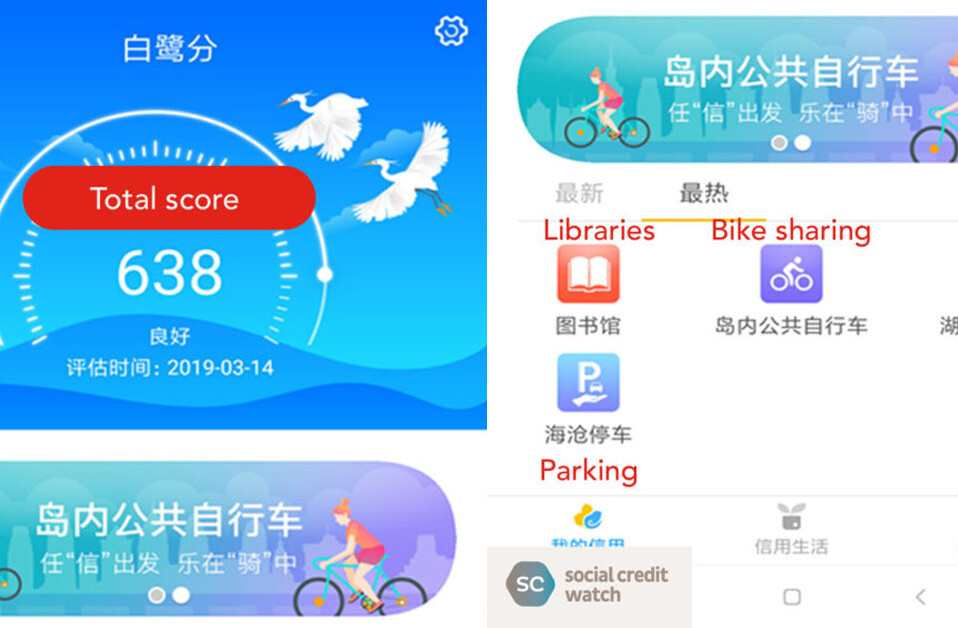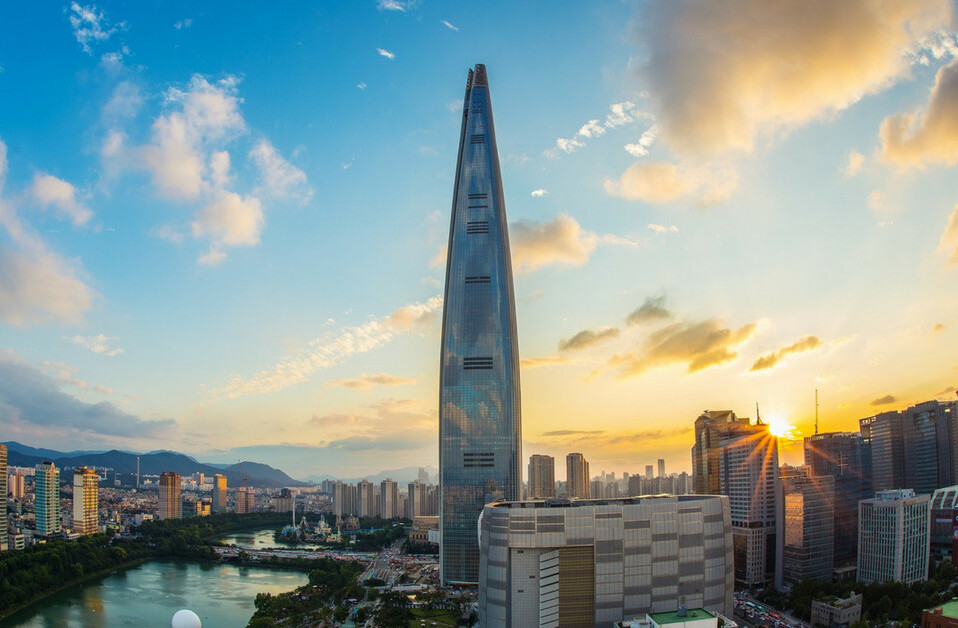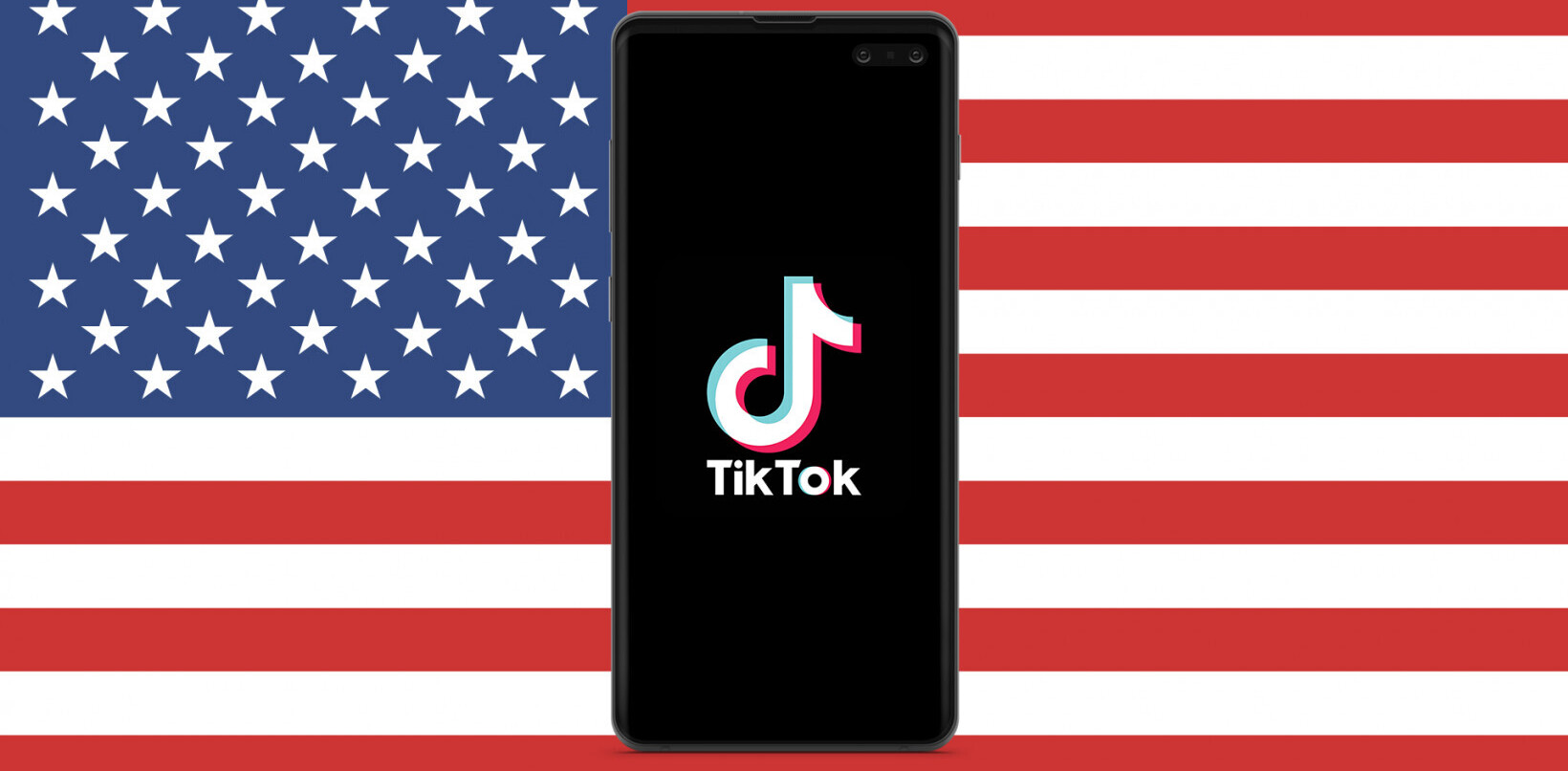
Luxury businesses are feeling the effects of the economic downturn (although to a lesser degree in China) with growing job losses and plummeting consumer confidence. This has translated into cuts in retail spending; so many in the luxury brand category are looking for ways to reach the consumer in a more cost effective way. In a departure from traditional marketing practices, luxury brands are increasingly turning to the web for promoting their wares as well as seeking out new audiences that would rather chat online and read the BBS’s than turn to more tradition marketing forms such as newspapers and magazines. The problem is that although luxury brands all have web presences now, many fail to realize the full potential of this medium.
The state of the Chinese luxury market
The luxury brand marketers are fully aware of the influence that the wealthy Chinese consumer is having on their digital campaigns. Until recently, most of the wealth in China had been concentrated along the coast—with Guangdong, Shanghai, and Shandong provinces containing the highest number of wealthy households—and the current luxury point-of-sales network roughly mirrors that distribution.

But as wealth has begun to spread throughout all city tiers and regions—with some of the most explosive growth occurring outside of Shanghai and Beijing—luxury stores have begun to follow. Therefore, it will be increasingly important for marketers to address this within their digital campaigns. The Boston Consulting Group’s research highlighted that many of the leading luxury brands have adopted quite different store based strategies. From their chart below you can see some luxury brands that have a very broad geographic footprint and others with a much more focused one.

This in turn should be reflected within their individual digital marketing strategies. Although all of these brands have a website presence, many have yet leveraged performance marketing or ecommerce in China.
According to the Luxury Institute the trends towards ecommerce is already happening in the US:
- In 2008, 33% of luxury brands had e-commerce sites.
- In 2009, 66% percent had e-commerce sites.
- Luxury consumers are individuals who make $419,000+ per year.
- 48% of them are on Facebook, and 14% of them are on Twitter.
Even last week, Forbes reported that Lacoste, which targets the 18-34-year-old demographic, said that it will now spend its estimated $12 million annual US ad budget on display ads on sites such as Facebook, Hulu, Pandora, and Condé Nast’s websites. Forbes stated that Lacoste knows that 18- to 34-year-olds, aren’t heading to newsstands anymore and that they need to go where their audience is these days- Internet.
High-end jewelry maker Tiffany & Co. now has a MySpace page, while Estée Lauder just launched a virtual makeup widget that users can download to their social media page or desktop.
Ralph Lauren was the first high-end retailer to introduce a mobile commerce site last year. The apparel maker began placing special codes in print ads, mailings, and store windows. After downloading special software to camera-enabled photos, users can scan the codes and be directed to the retailer’s mobile website where they can shop and access other content.
Luxury brands are turning to Digital Marketing… but are failing to convert
While all luxury brands now have established websites, I would argue that generally their approach to digital marketing (specifically, search, social & affiliate marketing) is often sub-optimal and fails to unleash the full potential of this channel. This is because, all too often, luxury businesses pursue digital initiatives tactically and in a suboptimal fashion. Common issues I think inhibit the successes are:
- Insufficient senior management buy-in (e.g. formal corporate KPI’s for digital marketing)
- Organizational ‘silos’ causing disconnects between ‘digital initiatives’ and ‘physical initiatives’ – for example physical stores not reflecting online campaigns, or physical stores not accepting returns from sales made online; under-utilization of customer data for devising new campaigns
- Lack of clarity around the objectives (selling vs branding vs engaging) – this then reflects as a lack of an online strategy, leading to confused, under-performing online campaigns
- Small marketing budgets allocated for online activities
- Within the online budget, poor allocations within the digital channels- for example, one client we worked with was trying to drive conversions on their ecommerce site but taking a media buying approach. We had to educate them on various other channels that would produce much better outcomes (such as search and social).
- A tendency to outsource to their offline marketing 4A agencies (that boast ‘full service’) – for example many 4A agencies have great digital groups but the traditional marketers at agencies tend to either allocate sub-optimal budget, ‘forget’ to invite the digital team into the campaign planning meetings or the digital team is in a state of flux and they need to sub out the digital work.
From my prospective, the luxury brands should consider two core digital marketing strategies; either a branding experience using media buying placements targeted to their demographic or using performance based approaches with ‘calls to action’, driving consumers to online points of sale (for conversion). However, while some luxury brands understand the ‘branding aspects’ of an online campaign many lack the performance marketing elements that would really help drive conversation and online sales.
Some more reading:
Get the TNW newsletter
Get the most important tech news in your inbox each week.




